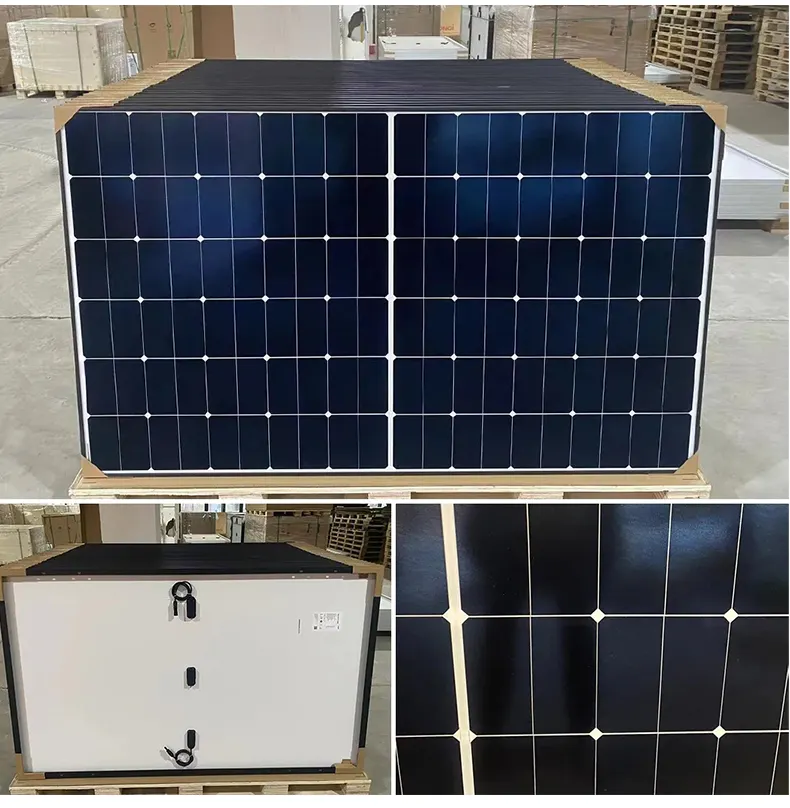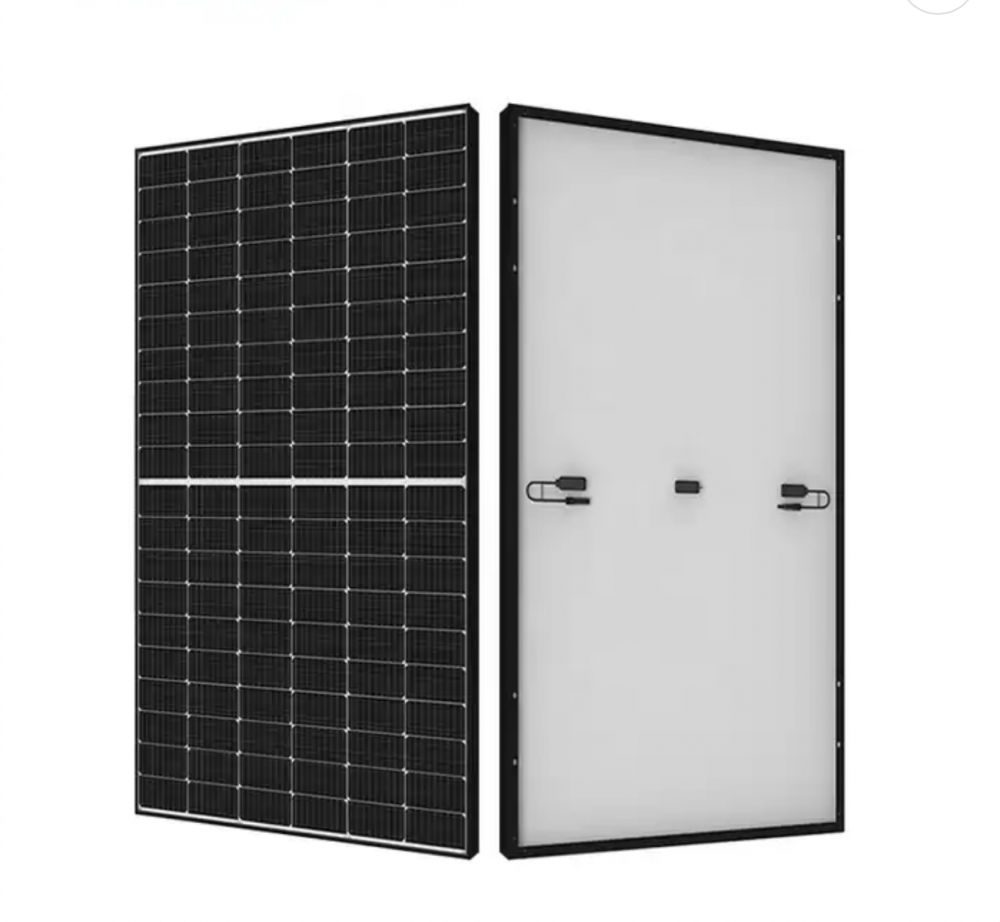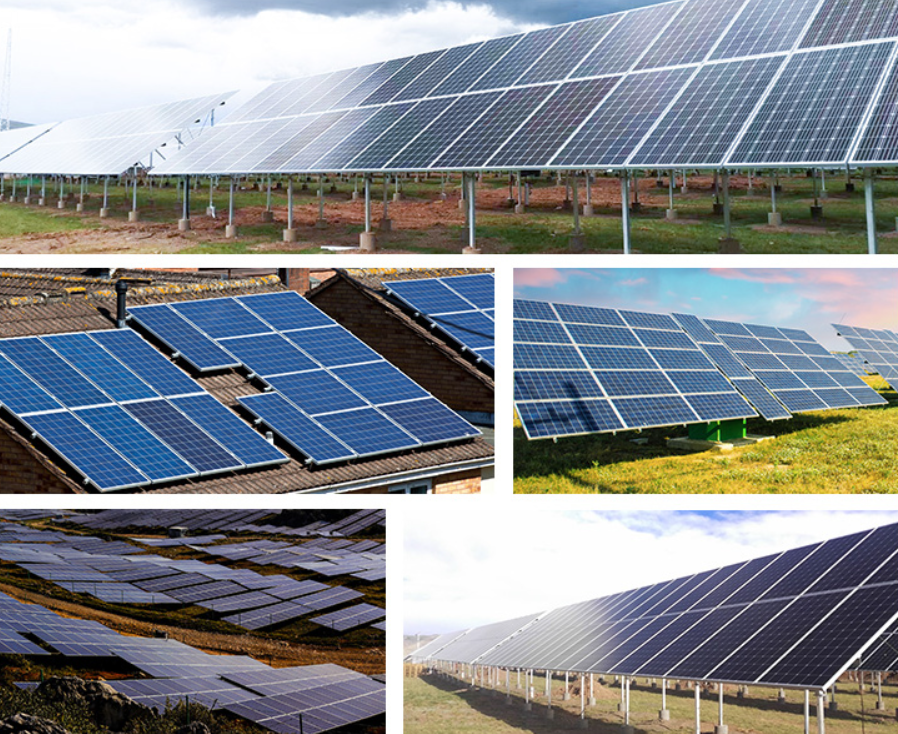1. Inverter System Signal Ground Loop Interference
In industrial production, monitoring and control systems rely on a wide range of automated instruments, control systems, and actuators. The signals transmitted between them can be as small as millivolts or even microamps, while others may reach hundreds of volts or several kilovolts and hundreds of amps. These signals can be low-frequency DC or high-frequency pulses. After the system is built, it's common to encounter interference between devices, leading to instability or incorrect operations. While some of this is due to the inherent performance of the equipment, such as electromagnetic immunity, another major cause is improper grounding. For safety, device chassis must be grounded, and the system requires a common reference point to suppress noise and ensure proper shielding. However, when different devices have varying ground potentials, a "ground loop" forms. This can result in large circulating currents that generate significant common-mode noise, which may couple into signal lines or directly interfere with low-level signals, causing serious issues like signal distortion or damage to interface circuits.
2. Natural Interference in Inverter Systems
Natural interference, such as lightning, is one of the most severe sources of external disturbances. Lightning can produce powerful electromagnetic pulses that travel over thousands of kilometers. The waveform of lightning interference typically consists of large spikes superimposed on a random pulse background. Cosmic noise, caused by ionizing radiation, varies throughout the day, while solar noise fluctuates based on solar activity. These natural interferences primarily affect communication systems, and lightning-induced energy spikes can lead to serious damage to electronic equipment. Therefore, it's crucial to implement protective measures to minimize the risk and impact of such events.
3. Human-Made Electromagnetic Interference
The primary source of electromagnetic interference (EMI) is the change in voltage or current within conductors, specifically the rate of change (dv/dt or di/dt). A higher dv/dt or di/dt can generate electromagnetic radiation. While this property is used intentionally in applications like wireless communication and radar, it also leads to unintentional EMI from operating electronic devices. Even without any deliberate intent, these devices contribute to the pollution of the electromagnetic environment. Additionally, industrial settings often involve large machinery, such as motors and inverters, that are frequently switched on and off during operation. These actions can create capacitive and inductive interference, affecting the accuracy of measurement instruments. Any sudden change in voltage or current inevitably leads to electromagnetic interference. Digital pulse circuits, in particular, are known for being strong sources of EMI. As electronic technology becomes more widespread, electromagnetic pollution will continue to grow, making it increasingly important to manage and mitigate its effects.
Customized Solar Panel, 100watt solar panel,200watt solar panel, big solar panel, high efficiency high quality solar modules
different power customized and OEM logo customized solar panel
Customized solar panel data
solar cell type
mono crystalline half cut cell
power range
50watt to max 700watt
size and weight
different size and different weight if the power is different
solar panel type
monofacial or bifacial
solar panel color
sliver or black
Product details and pic



Customized Solar Panel,Noncrystalline Solar Panel Module,Cheap Price Pv Solar Module,Solar Photovoltaic Pv Panel
PLIER(Suzhou) Photovoltaic Technology Co., Ltd. , https://www.pliersolar.com